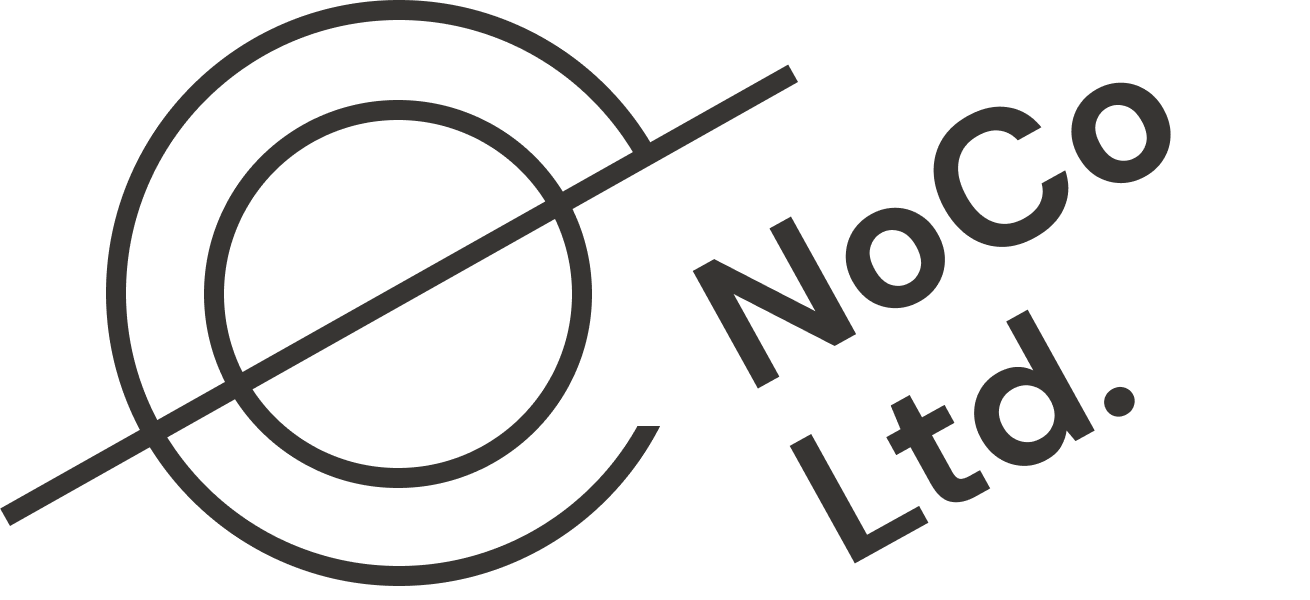How to… hold yourself accountable for goals
We’re at our best when we are sitting across a metaphorical small round table, warm beverages in hand, giving advice to people we want to help succeed. (It’s Cawfee Tawk, bubbelehs. Advice like buttah.) Do you have a question? Send it over!
Question:
We’ve been doing strategic planning for a while, but it seems like as soon as the plan is done, no one ever looks at it again. How do we hold ourselves accountable for the goals we’re setting, without getting super rigid? Our business is constantly in flux, so we do need some flexibility, but we want to ensure we meet our objectives.
NoCo Answer:
You have great instincts! Strategic planning needs a mechanism for accountability. Around here, we like to say that “planning” works better as a verb, not just a noun. The key is to figure out how to adopt company-wide actions to track the initiatives that will help achieve your goals—and this takes more than a once-a-year planning session. In other words: make planning an ongoing habit.
1 Track it
Put your plan into a template that functions as a living, breathing document. The format needs to be easy to update, with a summary of the objectives and measurable outcomes. The template should provide space to add quarterly updates on tangible measurements of the initiatives. It will be a lot easier to know if you are getting where you want to go if you have a place that tracks your progress getting there.
2 Check in
Schedule quarterly meetings to review your progress and capture measurable outcomes. Everyone who is accountable for one of the outcomes should participate. We recommend scheduling all quarterly meetings at the beginning of the year to set the expectation and hold the time on everyone’s calendars. On the invite, include an agenda and notes to remind folks how to prepare for the meeting. Relevant leaders should be prepared to report their initiative’s metrics based on results from that quarter.
3 Adjust it
It’s important to balance your commitment to your goals with reality as external circumstances change. During the quarterly meetings, initiative leaders should share results, their narrative, and a perspective on what should happen next. If needed as you review, update targets to square them with reality. The group can weigh priorities and decide how to adjust: are these initiatives still a priority? Do the efforts still make sense? Can the initiatives still achieve objectives and reach the primary goal?
4 Center it
Many orgs get waylaid from reaching their stated goals. Shiny objects and vanity projects are common distractions along the way. Sometimes, they’re even surprised to learn from a leader that they didn’t fulfill a critical objective at the end of the year. To ensure plan adherence and reduce unpleasant surprises, keep the strategic goal—and related objectives, initiatives, and metrics—a core part of ongoing thinking and decisions.
More than anything else, intentionality in the strategic planning practice is what helps an org stay on track. Circling back to the plan to reevaluate the details and make adjustments is the key to staying accountable to the goals you set. Strategic planning should be an iterative process that centers the most impactful actions everyone can take to reach the group’s central goal. If you aren’t sure where to start with an effective template, or strategic planning approaches in general, reach out—we can get you going.
A planning process designed to help you realize your business goals.

